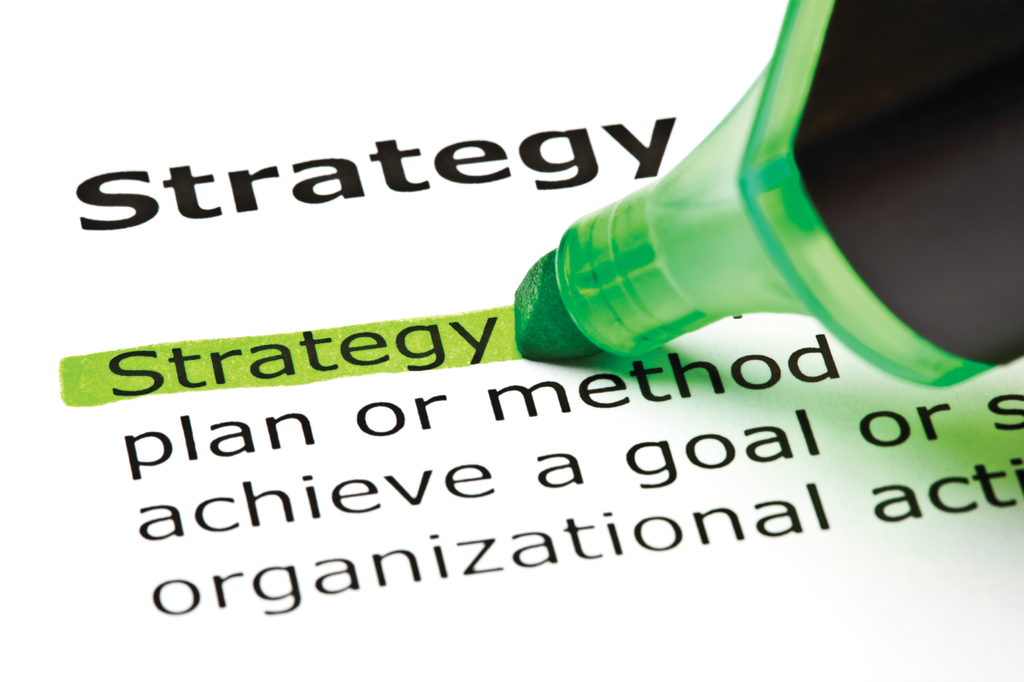Firm Management
How to Turn Conflict into a Strategic Asset
Conflict. Whether it is related to decisions about firm management, technology or personnel, most of us try to avoid it like the plague. After all, wouldn’t life be easier if we could just make decisions in a vacuum and not worry about what others thought?
Sep. 12, 2014

Conflict. Whether it is related to decisions about firm management, technology or personnel, most of us try to avoid it like the plague. After all, wouldn’t life be easier if we could just make decisions in a vacuum and not worry about what others thought?
Yes, but more often than not, the quality of decisions made by a team of people with diverse backgrounds and perspectives is much higher. And diverse teams naturally lead to conflict. However, conflict is not necessarily a bad thing. When managed properly it can actually be harnessed as a strategic asset.
Types of Conflict
There are two types of conflict that typically arise in a team setting.
- Task conflict –This type of conflict is beneficial to decision-making and involves disagreement about the content of decisions. It is rooted in differences in viewpoints, ideas and/or opinions about things like how we interpret facts, complete a project or deploy resources.
- Relationship conflict – At the other end of the spectrum is conflict that deters progress. Relationship conflict is emotional in nature and focuses on interpersonal incompatibility. It typically results in tension, annoyance and animosity among team members. Differences in personal tastes, politics, values and personality are examples.
The most effective teams, and ultimately, the most effective decisions promote task conflict and work to diffuse relationship conflict.
Common Pitfalls
Conflict management is not the same as conflict avoidance. When we avoid conflict altogether, we miss out on valuable information, experience and perspectives that improve the decision-making process. For example, a team might go with the first suggestion made just to avoid a confrontation. However, the suggestion may have been made simply because it had the least chance of resistance.
This results in a decision that no one on the team really supports. In this case, a little conflict—or at least discussion—would have been healthy and led to a better decision.
There are a number of decision-making processes that stifle healthy conflict or defer it in favor of the easier path. Here are some of the more common examples.
- Majority Rules – team members who sense they are in the minority will avoid offering a dissenting opinion to avoid feeling like an outsider or impedance to making a decision.
- Defer to Those “In Charge” – excessive deference to status characteristics such as seniority or the person with the loudest opinion does not lead to the best decisions. There is a wealth of knowledge at all levels of the firm. Take advantage of it.
- Attacking dissenters – dissension creates a lag to decision-making and is often frowned upon by the team. Similar to “majority rules,” attacking those who dissent limits the number of diverse viewpoints offered during the decision-making process.
Encourage Task Conflict
How can a team encourage task conflict and avoid escalating relationship conflict? Some strategies include:
- Utilize task forces and committees comprised of members with diverse backgrounds and experiences. This will encourage differing opinions and perspectives as well as better decisions and outcomes for your firm.
- Avoid starting a meeting with a vote. You met for a reason. Discuss and debate the issues to explore all available information and attempt to resolve differences of opinion.
- Do not compromise to avoid the conflict. Recognize the value of debate, because it helps everyone explore more issues and, ultimately, make a better decision. Compromise is often necessary to move forward but it shouldn’t be used until the discussion takes place.
- Solicit minority opinion. Make sure that people aren’t keeping quiet simply to avoid the uncomfortable feeling of being in the minority. Some of the most valuable information will come from those who don’t agree with the majority.
- Focus on the behavior or issue and NOT the individual. This is the most important – and most difficult – part of conflict management. When a debate becomes personal, the natural tendency is to become defensive. When people get defensive, a healthy conflict will quickly turn into an argument.
Reaping the Benefits
Conflict is a natural part of working as a team. Too often, we avoid it in order to remain in our comfort zones. However, when managed properly, conflict can be extremely beneficial to decision-making. The first step to effective conflict management is to understand how to spot different types of conflict by listening carefully to team members and ensuring that you hear the messages they are attempting to convey.
Next, apply general rules to manage both task and relationship conflict. It is also important to develop a process that will be followed when conflict arises. This creates consistency and increases team members comfort and confidence when dealing with a tense situation.
Ultimately, the ability to manage conflict can turn what you thought was a liability into one of your firm’s greatest assets.
———–
Jim Boomer, CPA.CITP, is CIO & Shareholder of Boomer Consulting, Inc.
